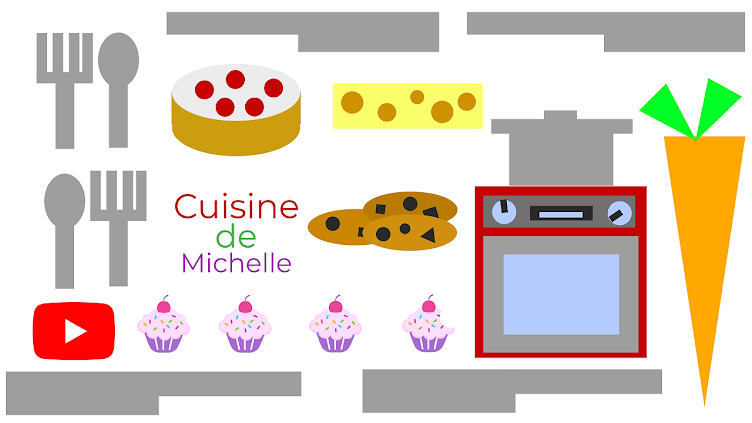Updated on 11 April 2021
https://youtu.be/yXTxGKkYTLM
The one on the top left is Gruyère (Swiss/French); below that is Jarlsberg (Norwegian), and on the right is Comté (French). I used to use Emmental (instead of Jarlsberg), but stopped because it was harder to come by and more expensive.
Ingredients:
1. Shred all the cheeses together (I use and recommend using a food processor with shred blade) into same bowl. Sprinkle with a small amount of flour, work in by hand, then repeat a couple of times until cheese no longer sticks together as much (again, see the video for a better explanation).
2. Add the Chardonnay to the fondue pot and minced garlic, to taste (I go a bit heavy). Turn the pot on to a low setting, just enough to get the mixture to rapidly simmer for a couple of minutes. (On my current fondue pot (Rival brand), I have to set it to 200°F. The one shown in these pix is our old one.)
3. Begin adding cheese a small handful at a time, mixing after each addition. At first it will look like this:
4. Add a small splash of the Kirschwasser and a squeeze of lemon juice (I typically use bottled lemon juice, but have used fresh as well). Continue adding cheese handfuls until the mixture clings a bit to the utensil, but drips/melts off slowly (you may end up with a little unused shredded cheese or you may have to shred and add more).
This cheese fondue is in the style of Swiss fondue, but I use this combination of cheeses:
Ingredients:
6 1/2 oz. Jarlsberg cheese
5 1/4 oz. Gruyère cheese
4 oz. Comté cheese
all-purpose flour (or cornstarch)
1 1/2 c. Chardonnay or other dry white wine
bottled minced garlic
Kirschwasser
lemon juice
pepper
nutmeg
bread (baguette or other hard-crusted), cut into pieces or cubes
bottled minced garlic
Kirschwasser
lemon juice
pepper
nutmeg
bread (baguette or other hard-crusted), cut into pieces or cubes
any other dippers desired (apples, etc)
special equipment: fondue pot
Directions:
special equipment: fondue pot
Directions:
1. Shred all the cheeses together (I use and recommend using a food processor with shred blade) into same bowl. Sprinkle with a small amount of flour, work in by hand, then repeat a couple of times until cheese no longer sticks together as much (again, see the video for a better explanation).
2. Add the Chardonnay to the fondue pot and minced garlic, to taste (I go a bit heavy). Turn the pot on to a low setting, just enough to get the mixture to rapidly simmer for a couple of minutes. (On my current fondue pot (Rival brand), I have to set it to 200°F. The one shown in these pix is our old one.)
3. Begin adding cheese a small handful at a time, mixing after each addition. At first it will look like this:


































